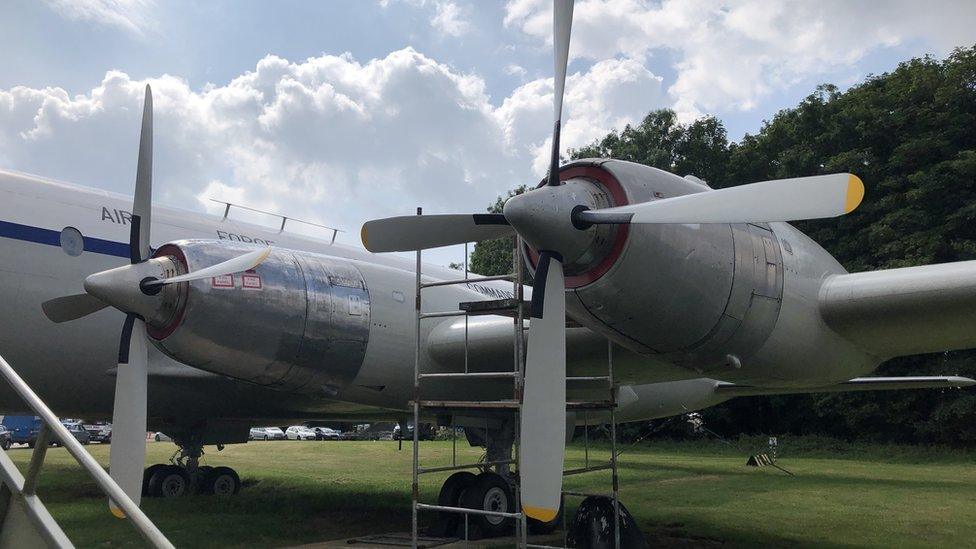Air crash victim 'wasn't supposed to be on flight'
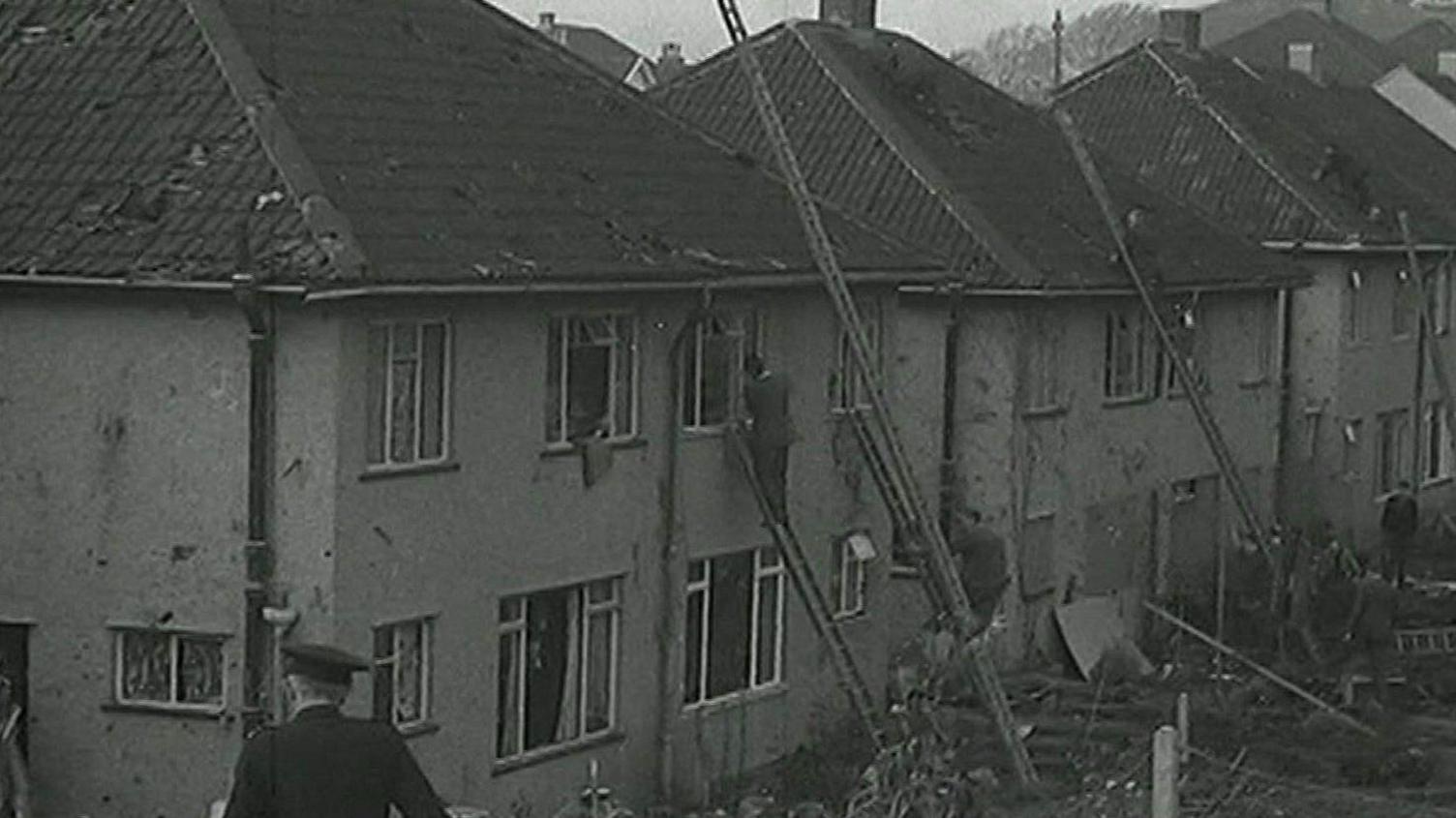
All 15 men on the plane died but fortunately nobody on the ground was killed
- Published
An aerospace musuem is to put a commemorative plaque to remember all of its staff who died in flying accidents on display.
Aerospace Bristol is honouring 42 pilots and flight test engineers who died between1910 and the 1960s for their "courage and sacrifice".
It comes on the anniversary of a 1957 crash in Downend, near Bristol, when the entire crew of 15 died during a test flight in a prototype Britannia plane.
Esme Todd, whose grandfather Bill Todd was killed in that crash, said: "He wasn't even supposed to be working that day - which I find really sad."
What was the plane that crashed?
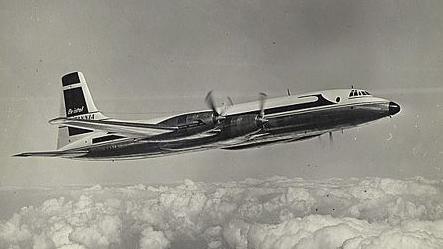
The Bristol Britannia was nicknamed the "whispering giant" because it was so quiet
The plane - the Britannia 301G-ANCA - was a prototype of the Bristol Britannia, the world's first long-range airliner powered by turboprop engines.
Nicknamed the "whispering giant" because it was so quiet, it was described as the plane that introduced the public to package holidays in the 1960s and 70s.
The aircraft underwent a number of test flights from Filton Airfield, near Bristol before it went into passenger service in 1957.
A total of 85 Bristol Britannias were built by the Bristol Aeroplane Company before production ended in 1960.
Who was on board?
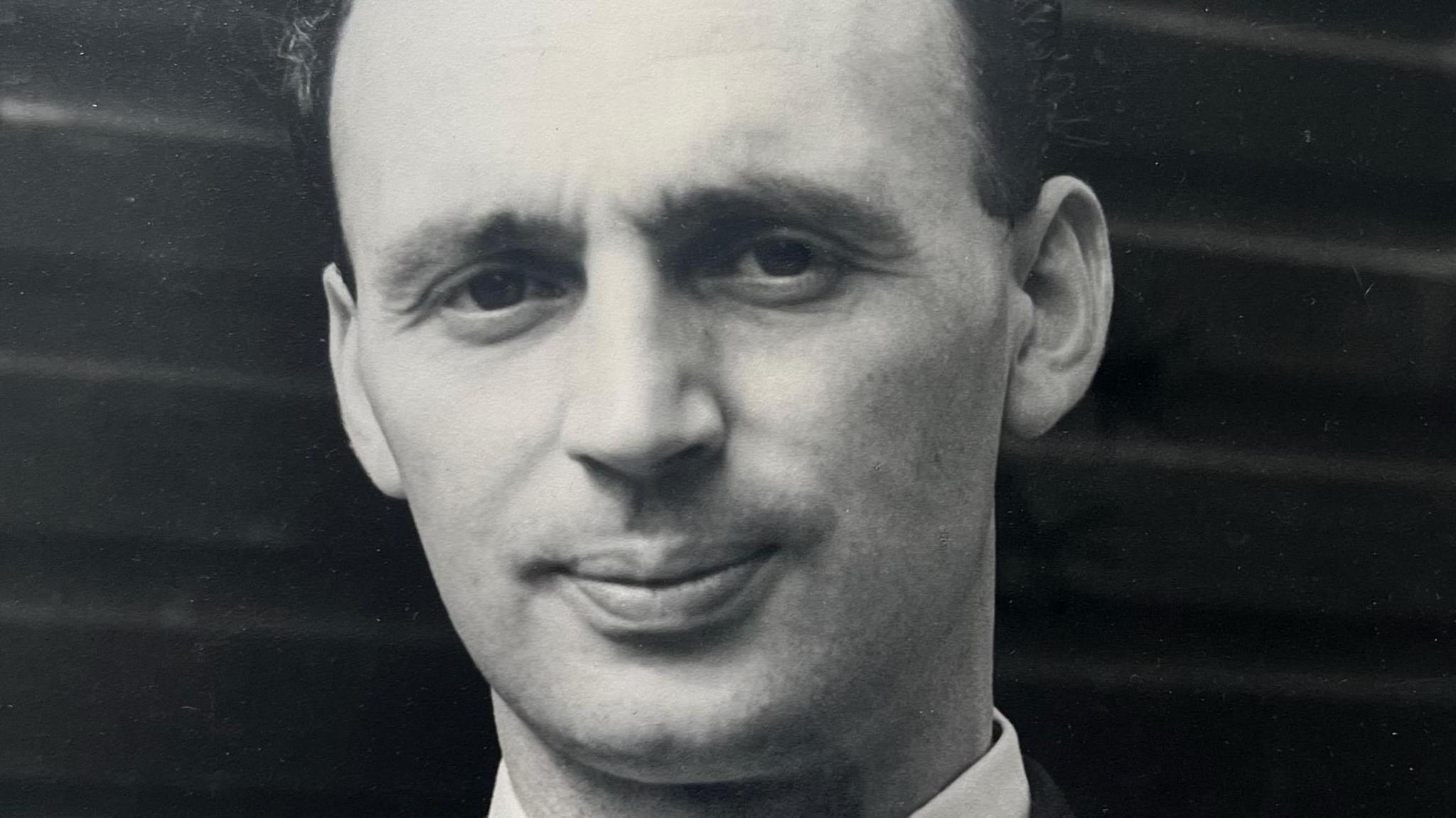
Bill Todd was not supposed to be on the ill-fated flight
On 6 November, 1957, the Britannia 301G-ANCA took off from Filton on a routine test flight to secure American certification.
On board were four crew members and 11 technicians.
Among them were Hugh Statham, who had more than 6,000 hours' flying experience and was at the controls, and radio operator Bill Todd.
Mr Todd was not supposed to be on the test flight but had swapped shifts with a colleague so he could celebrate bonfire night, the previous night, with his son and brothers.
What happened?
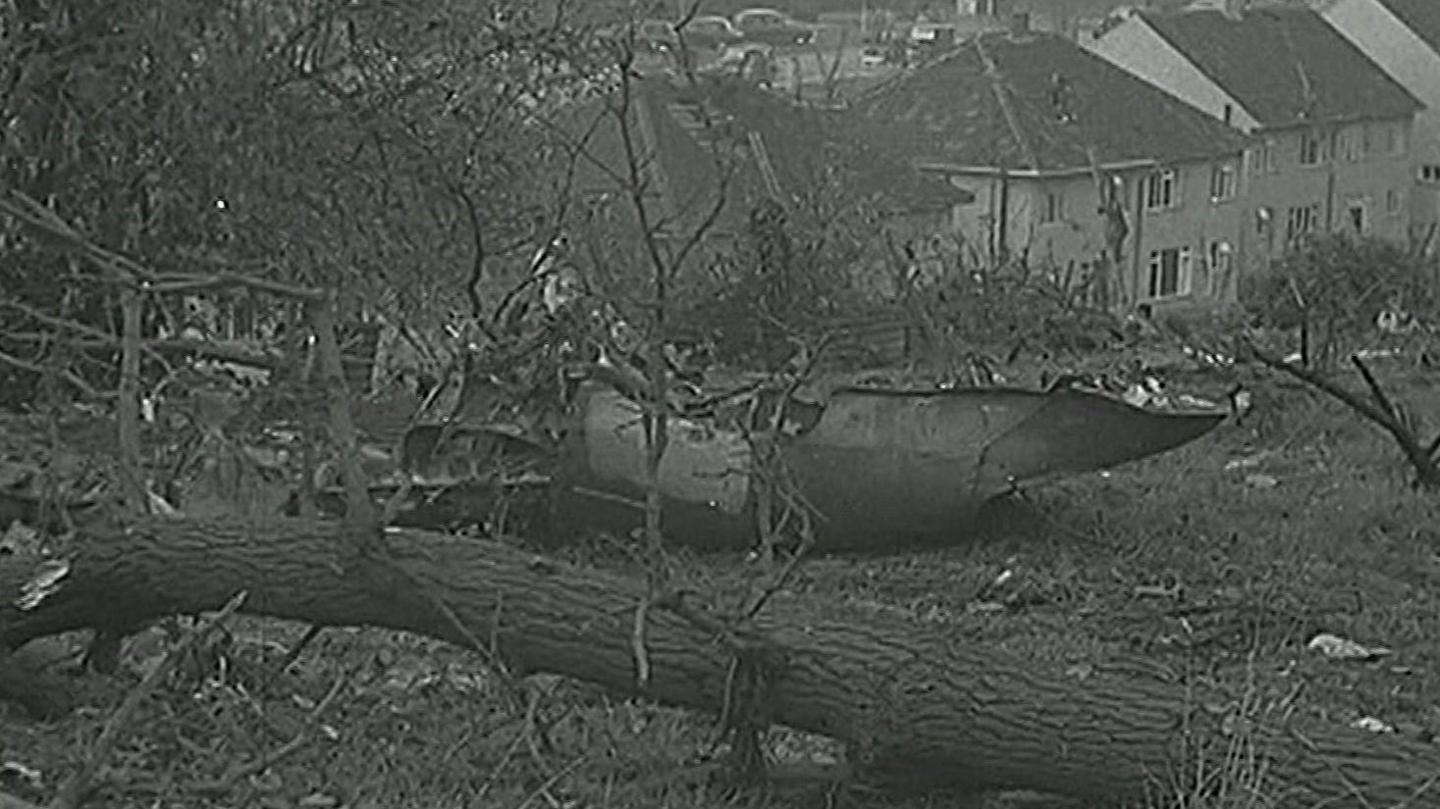
According to eye witnesses, the plane went passed "very close to the roof of the church"
The prototype test plane was on its way back to Filton at just before midday, when it went down at Overndale Road in Downend.
It had just started to make its turn towards the runway, at around 1,500ft above the Bristol suburbs, when it suddenly banked right and went out of control.
According to eyewitnesses, the plane went into a "spiral dive", passed "very close to the roof of the church" before crashing and exploding in woodland in the village.
All 15 men on board died but despite wreckage being scattered across a housing estate no one on the ground was killed.
It was suspected, but never proved, that there had been an autopilot malfunction.
How is it being remembered?
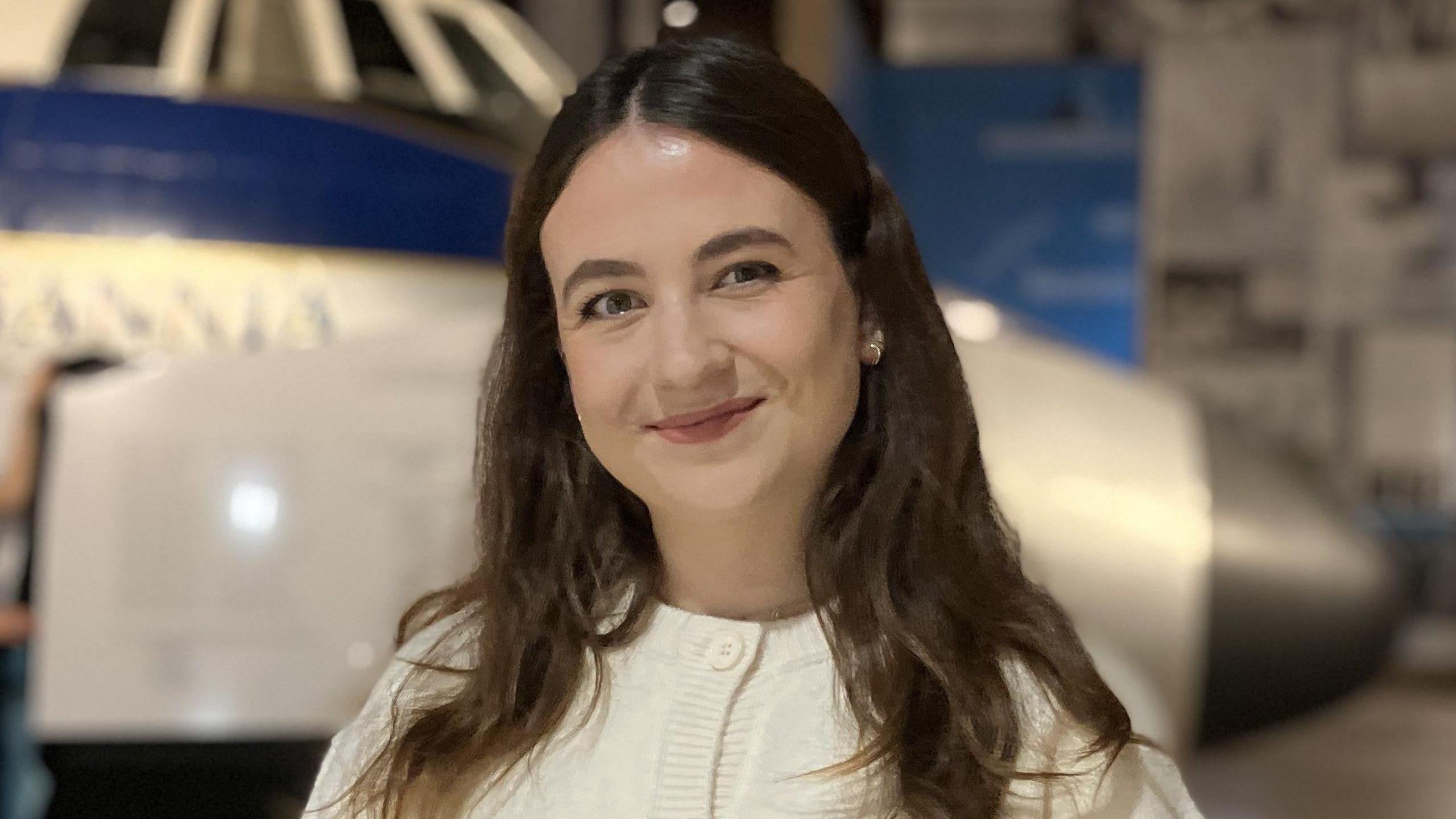
Esme Todd, whose grandfather died in the Downend Crash, said the memorial "keeps their stories alive"
Now, on the anniversary of the Downend Crash, Aerospace Bristol is unveiling a new memorial plaque to honour the 15 who died as well as all former employees of the British Colonial Aeroplane Company and the Bristol Aeroplane Company who lost their lives in flying accidents between 1910 and 1960.
Esme Todd, the granddaughter of radio operator Bill Todd, said the memorial "keeps their stories alive".
"[Bill Todd] was only 32. He wasn't even supposed to be working that day," she said.
"He had swapped shifts and was supposed to be working in the office that day but they were short-staffed so he ended up going on the plane which crashed - so it was doubly unlucky.
"I never got to meet him. So I'm pleased that Aerospace Bristol has chosen to honour my grandfather and the 41 other fallen heroes."

The new memorial plaque honours all former employees who lost their lives in flying accidents between 1910 and 1960
Get in touch
Tell us which stories we should cover in Bristol
Follow BBC Bristol on Facebook, external, X, external and Instagram, external. Send your story ideas to us on email or via WhatsApp on 0800 313 4630.
Related topics
- Published17 August 2022
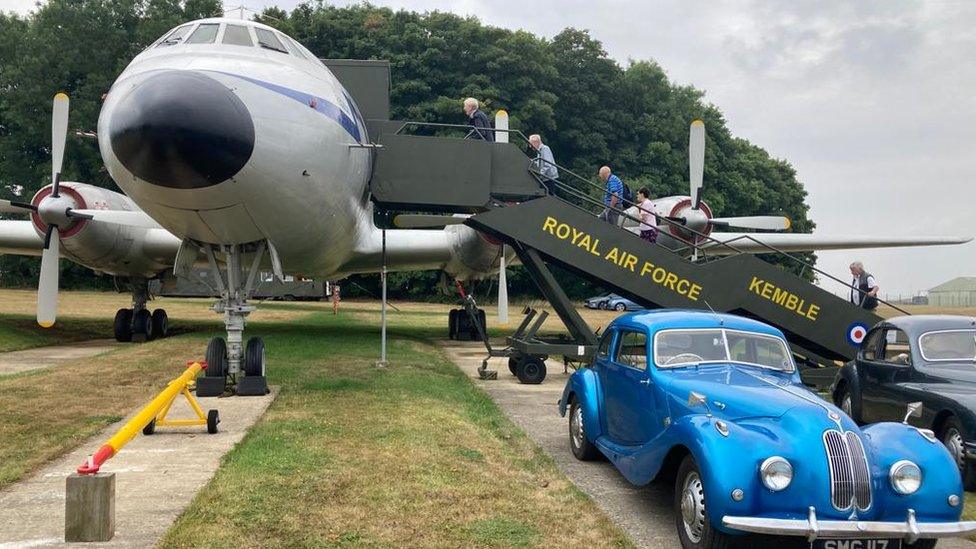
- Published3 August 2021
